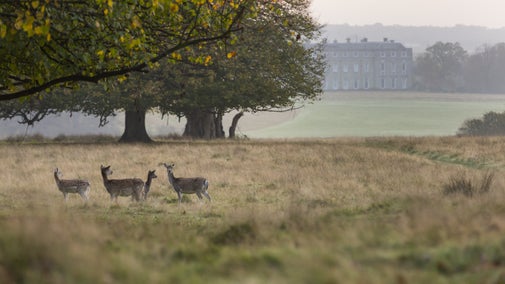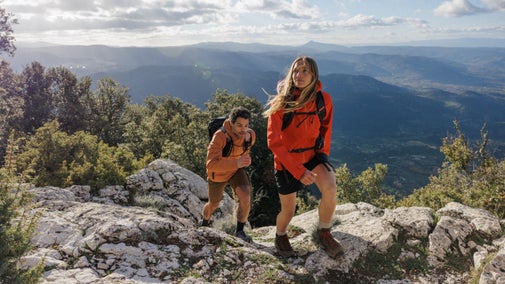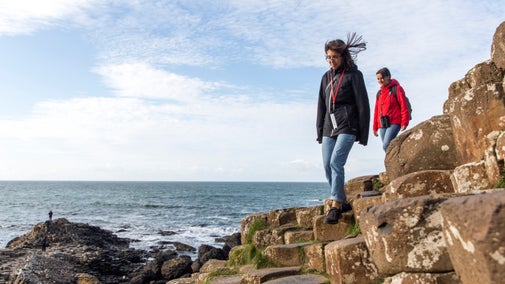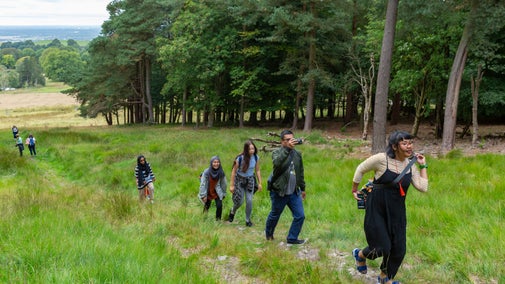Devil's Dyke butterfly walk
Sussex
This short but hilly route over the downs into the Dyke valley and through the woods is abundant with butterflies. Depending on the time of year, you can spot Adonis blues, chalkhill blues, green hairstreaks, brown arguses, dark-green fritillaries and even silver-spotted skippers.
Near to
Devil's DykeStart point
Devil's Dyke car park, grid ref TQ258109Trail information
More near here
Devil's Dyke histories and mysteries walk
A good three mile walk which takes you to the alleged burial site of the Devil and beyond to Saddlescombe Farm and the donkey wheel.

Wolstonbury Hill explore nature walk
This walk takes you through beech woodland and across open grassland, and as a Special Site of Scientific Interest you'll find a variety of plants and wildlife. Visit in the spring to see bluebells and smell the wild garlic.

Fulking pub walk
A moderate circular walk, starting and finishing at the Shepherd and Dog pub, comprising ancient landscapes and breathtaking views.

Ditchling Beacon to Devil's Dyke, South Downs walk
This route will take you through some of the most stunning parts of the South Downs Way, where you will find wildlife aplenty and see extensive views from the Ditchling Beacon.

Get in touch
Our partners

We’ve partnered with Cotswold Outdoor to help everyone make the most of their time outdoors in the places we care for.
You might also be interested in
Things to see and do at Devil's Dyke
With its panoramic landscape, Devil's Dyke is one of the most stunning places to pass the time. Whether walking, cycling or taking in the scenery, there’s something for all.

The history, myths and legends of Devil's Dyke
Devil's Dyke is an iconic landform in the heart of the South Downs, home to rare wildlife and many myths and legends. Discover its rich history stretching back thousands of years.

Walking in Sussex
Explore coastal paths, open parkland and countryside teeming with wildlife on these top walks in Sussex.

Cotswold Outdoor: our exclusive walking partner
Learn about the National Trust’s ongoing partnership with Cotswold Outdoor. Find out how they help us care for precious places and the exclusive discount available for National Trust supporters.

Staying safe at National Trust places
The special places in National Trust care sometimes come with a few risks for visitors, be it coastline or countryside. Find out how to keep safe throughout your visits.

Follow the Countryside Code
Help to look after National Trust places by observing a few simple guidelines during your visit and following the Countryside Code.

Walking
Explore some of the finest landscapes in our care on coastal paths, accessible trails, woodland walks and everything in between. Find the best places to walk near you.


